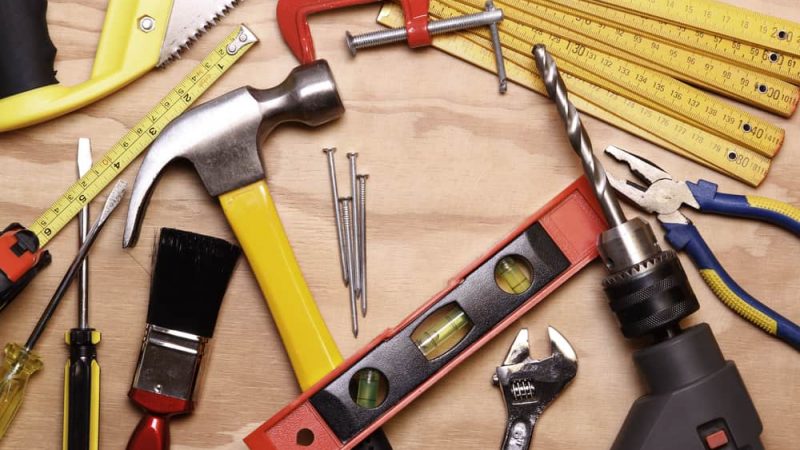A floor is the foundation of your home. As such, it should be protected with a thorough cleaning, restoration, and maintenance plan to ensure that it lasts for years to come.
Floor problems can be quickly identified, but more often than not, a fix is not as simple as simply replacing a tile or a section of the floor. For more complex problems, you may need the help of a local handyman in Antigo.
Consider these tips and tricks for a better understanding of floor repair:
- Get it Clean
Start by cleaning the floor with a broom or vacuum cleaner. Remove dust, dirt, and debris from the surface of the floor. You may even want to use a wet mop or damp cloth to remove stains.
- Re-Stain
Look into the color of your flooring, whether it’s wood, tile, linoleum, or whatever. If the floor has become weathered over time, consider replacing the old surface. If it’s faded and requires a more drastic change, consider re-staining the floor.
- Sand and Seal
Consider a coat of polyurethane or a sealant to protect the floor. A sealant will last longer than polyurethane and is typically made from a polymer and wax. It comes in several different varieties and can be installed either by professionals or DIY enthusiasts.
- Wax the Floor
Wax the floor to create a smooth surface that will protect against wear and tear. Worn floor waxes will deteriorate over time and can leave your floor feeling rough and uncomfortable. Wax is more effective than polyurethane.
- Replace the Floor
If the floor is showing major damage, it may be time to look into replacing it. Asphalt or concrete floors are generally considered more durable. They can last for decades, if they are properly maintained.
- Clear the Space
Clean the flooring near the wall and any other obstructions, so that you have a clean space to work on. This will ensure that you are working in the clearest and most space-saving manner.
- Use a Damp Mop
A damp mop will help you to remove dirt and debris from the surface of the floor. A damp mop also has a sponge that absorbs the dirt and debris before it’s picked up by the mop. Try to avoid using a dry mop.
- Use a Surface Cleaner
Dry or heavy-duty surface cleaners are usually better for cleaning porous surfaces, such as tiles. Always use the appropriate product for the type of flooring you’re cleaning.

